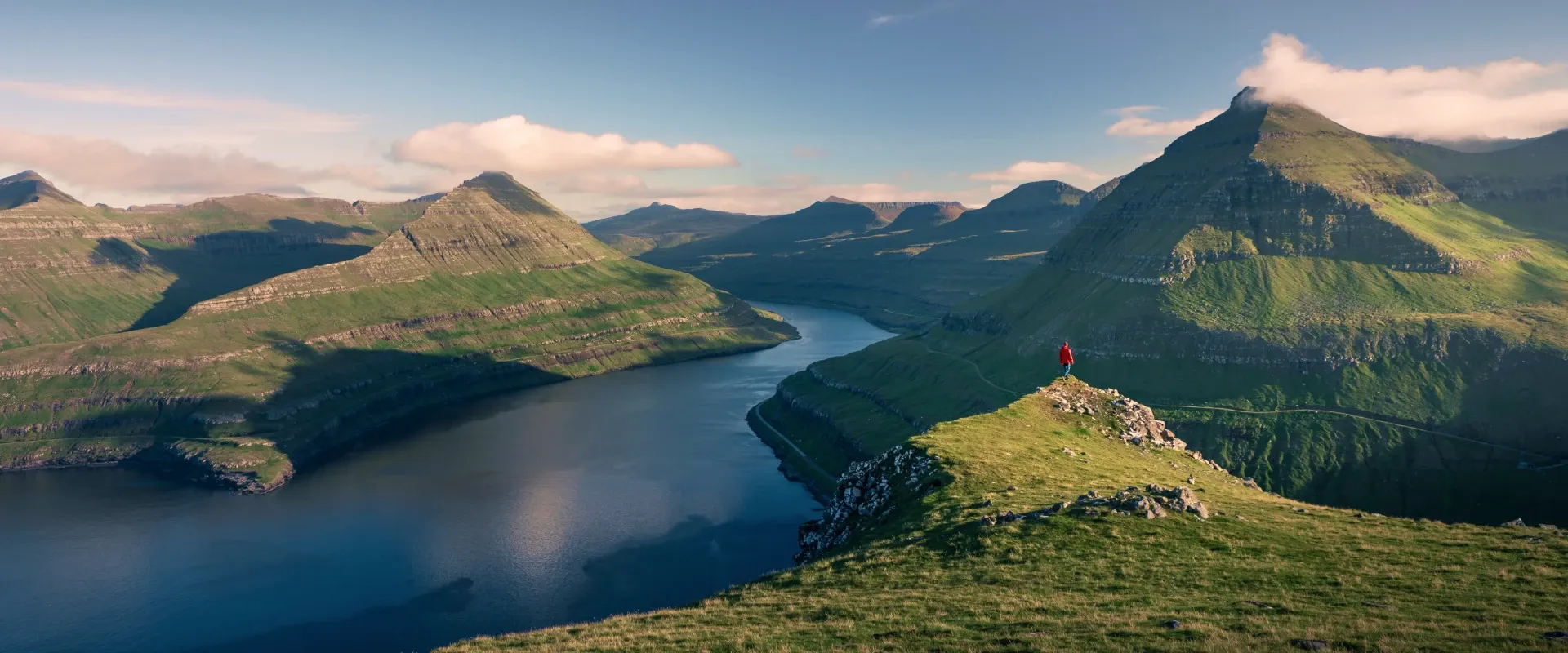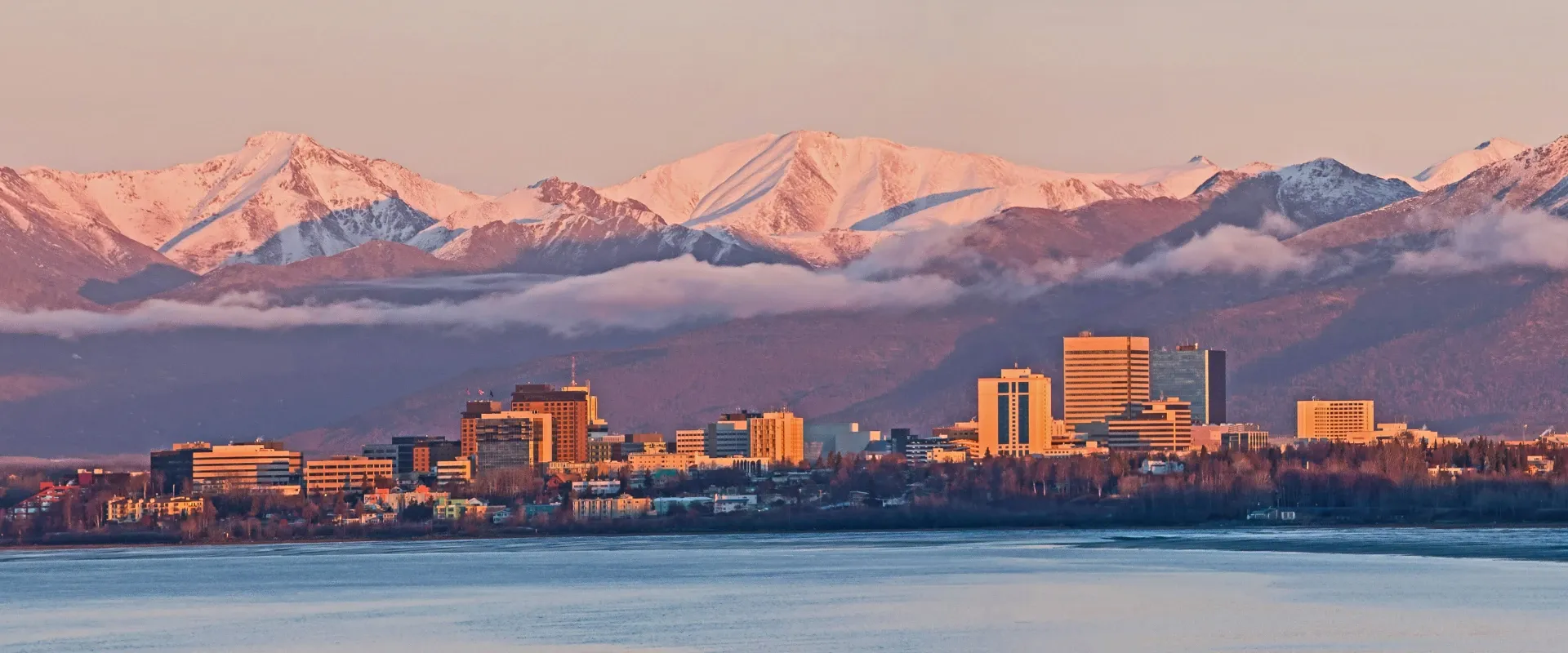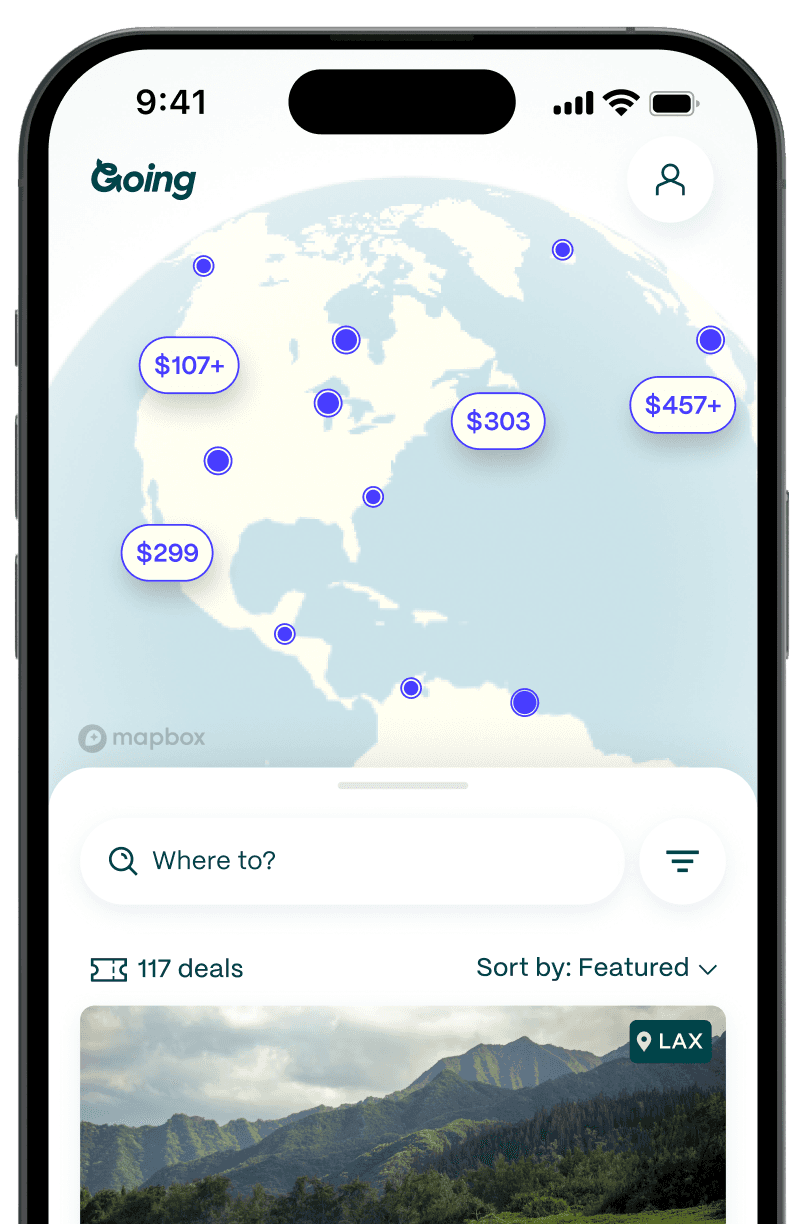
Faroe Islands: The Nordic Archipelago Where Puffins Outnumber People
Set in the North Atlantic Ocean between Scotland and Iceland, the Faroe Islands is a far-flung and spectacularly beautiful archipelago of 18 islands—formed from ancient volcanoes—that rise steeply from the water.
With wild, craggy peaks and a jagged coastline, this is raw nature at its most breathtaking. There are hiking trails to lonely lighthouses, photogenic waterfalls, sublime mountain-top panoramas, and boat trips to towering sea cliffs teeming with birdlife. Visitors can stay overnight in a cozy grass-roofed cottage or stay in the charming capital, Tórshavn, to discover museums and the thriving culinary scene.

The autonomous territory has its own distinctive language, flag, and culture, yet is part of the Kingdom of Denmark. While Denmark controls foreign policy and defense, and the Danish krone is the currency, the Faroe Islands was granted home rule in 1948, giving it its own government.
Despite its remoteness, the Faroes are well served by international flights, and smooth transport links between islands make it easy to get around.
Where sheep outnumber people

With a population of only 54,000, the Faroese are famously outnumbered by sheep, and centuries of isolation have made the people hardy and independent-spirited.
With stark contrasts between tradition and modernity, the Faroe Islands is a place that surprises. On the one hand, it’s a wealthy Nordic nation with some of the fastest internet in Europe. But stepping foot in some of the quaint villages with their patchwork of colorful cottages can feel like going back in time.
Faroese society is also much more conservative and religious than that of other Scandinavian societies. More than 80% of the population belongs to the Lutheran church. Sheep farming and fishing have long been a way of life. Today, salmon farming is the biggest industry, and you’ll spot rings of fish farms in almost every fjord.
After struggling for years with population decline, as the young moved away for education and jobs, that’s been successfully reversed. Now, the Faroe Islands have one of the highest fertility rates in Europe.
Island-hopping made easy

Exploring the islands is straightforward, thanks to their compact geography that covers around 500 square miles. You can reach anywhere in two hours or less by car. The most remote communities are served by ferry, as well as state-subsidized helicopters, which fly four times a week to about a dozen locations (though priority is given to the locals).
International arrivals by plane will land on Vágar in the west. Then, it is a 45-minute drive across Streymoy, the biggest and most central island, to tiny Tórshavn (population: 13,000), which sits at the southern tip. With a pretty waterfront that bustles with fishing boats and the best pick of accommodations, restaurants, and shops, the town makes a popular base.
More than 20 tunnels help link the archipelago’s scattered villages, harbor towns, and larger islands. Some of the oldest are hair-raising, dark, single-track lanes, but the newest are feats of modern engineering, running underwater for miles. If you do drive from Tórshavn to the island of Eysturoy, be sure to check out the world’s first underwater roundabout, with its colorful jellyfish-like light installations.
Unmissable trails and cold-water waves

The best way to soak in the spellbinding scenery of the Faroe Islands is to get outdoors on foot. Fortunately, there is a wealth of hiking trails. Among the most challenging is climbing the 2,900-foot-high Slættaratindur, the archipelago’s tallest peak, on the island of Eysturoy. On the other hand, Múlafossur, a waterfall that tumbles into the sea on the island of Vágar and is perhaps the Faroes’ most-photographed sight, is easily reached by gentle stroll.
On the island of Kalsoy, it’s an easy walk to the postcard views of Kallur Lighthouse, where the finale of the James Bond movie No Time To Die was shot.
The Atlantic temperatures are far from tropical, but that doesn’t stop locals from trying the latest sports craze here: surfing. In the village of Tjørnuvík, the U-shaped black sandy bay is the perfect spot to catch a wave; Faroe Islands Surf Guide offers lessons.
A bird-watching paradise

With 700 miles of dramatic coastline and sheer cliffs that plunge into the sea, the Faroe Islands are a haven for seabirds. Over the summer, colonies of puffins, gannets, fulmars, and guillemots breed here.
Pounded by Atlantic waves and soaring to over 2,000 feet, the sea cliffs north of Vestmanna are among the most jaw-dropping. They can be visited by guided boat tours that weave around towering basalt columns and sail inside sea caves.
The westernmost of all the islands, Mykines, is perhaps the most magical. Half a million puffins nest in burrows above the clifftops, and a walking trail through the colony offers unrivaled, up-close sightings. However, it’s important that visitors follow the rules to minimize disturbing the birds. Mykines village has only 10–15 year-round residents, and its quaint cottages and car-less cobbled streets are reminiscent of a bygone era.
A Viking Age parliament

It was once thought that Vikings were the first to visit the Faroe Islands, but newer evidence suggests that Celtic monks probably beat them to it hundreds of years earlier. By the 9th century, Norwegian settlers had claimed the islands. The territory later ended up in Danish hands, when the Scandinavian kingdoms of Denmark and Norway merged in the 14th century.
One of the most intriguing historic sites in the Faroes is Kirkjubøur, where the 12th-century St. Olav’s Church stands alongside the ruined Magnus Cathedral. The latter was constructed in the 1400s and is missing its roof, though some theories speculate that it was never completed.
Home to early Viking settlers, Tórshavn has earned its name from the Norse god Thor. Here in the capital, you'll find a small peninsula called Tinganes, which is the site of one of the world's earliest parliaments, established more than a millenia ago. Today, a cluster of historic wooden buildings houses government ministries and the office of the Prime Minister here.
Flags, festivals, and art

Known as the Merkið, the Faroese flag is white with red and blue crosses and was adopted in 1940, when the territory came under “friendly occupation” by British troops during World War II following Germany’s invasion of Denmark.
The flag's adoption is marked every year by Flag Day on April 25, when marching bands play music and speeches are given in Torshavn’s central square. However, Ólavsøka, the Faroe Islands’ largest national celebration, takes place on July 29, when locals take to the streets wearing traditional Faroese dress, including woven ankle-length skirts, pinafores with silver buttons, and embroidered shawls, while men sport woolen waistcoats, knee-length pants, and knitted socks.
The War Museum on Vágar has an incredible photograph collection detailing the Faroese experience of World War II, and the National Museum in Tórshavn is worth visiting to learn about the islands’ culture and history, with exhibits spanning the archipelago’s geology and its fishing and hunting way of life. Meanwhile, the art galleries Listasavn Foroya in Tórshavn and Listasavni a Sandi on Sandoy are gems, showcasing the works of generations of Faroese artists, including the famous native S.J. Mikines.
“Wool is gold”

More than 70,000 sheep roam the mountains of the Faroe Islands. Wool was once a valuable export, leading to the Faroese saying, “Ull er føroya gull,” meaning “wool is Faroese gold.” Many households still raise sheep for food, and knitting is a popular pastime.
The Faroes are famed for their traditional patterned woolen sweaters, which have been immortalized by TV detective Sarah Lund, in “The Killing,” and can be purchased as souvenirs from local handicraft stores called Heimavirki. Alternatively, in Tórshavn, designer stores like Gudrun & Gudrun, Ostrom, and Shisa Brand sell more contemporary and fashion-forward knitwear.
Food the Faroese way
Thanks to a harsh climate and rugged terrain, little grows in the Faroe Islands, except on the southern island of Sandoy, where you’ll find potatoes, cabbage, and rhubarb. These days, most food is imported. Besides fishing and sheep-rearing, historically people also survived by hunting seabirds and collecting eggs.
Today, a traditional pilot whale hunt, known as the grind, still continues. During these hunts, more than 1,000 pilot whales are killed for food annually. While the Faroese see it as a way of life, the controversial practice is heavily criticized by animal rights groups.
For a taste that’s uniquely Faroese, try fermented lamb. Using a centuries-old method called ræst, the meat is hung up in stone sheds and air-dried by the wind, a way to preserve it throughout the cold winter. The flavor can be strong and pungent, so be warned: It’s not for everyone! Restaurant Raest in Tórshavn serves a modern gourmet twist on this culinary tradition with a menu focused on fermentation. It’s found in the cute-as-pie buildings at Gongin, which all have turf-grass roofs. Many of the best dining spots are clustered here, including the relaxed seafood restaurant Roks.
An evening out for Heimablidni, or “home dining,” where you eat out at a local’s house, is another rewarding foodie experience. The local tourist offices have lists of hosts, or you can sign up online with other visitors and enjoy a three-course dinner and war conversation while learning more about Faroese culture directly from your host.
Good to know
Are the Faroe Islands expensive?
Like other Nordic countries, the Faroe Islands is a comparatively expensive destination. Budget accommodation like hostels and campsites is very limited, but there are plenty of Airbnb rentals, cabin lettings, and guesthouses. Tórshavn has the best hotel picks, but during peak summer months, rooms are pricey. A mid-range hotel stay is $100–$150, and at the top end, expect to spend $220+ per night.
Splashing out on a set menu at a gourmet restaurant costs upwards of $90. More affordable meals, like burgers and ramen, are offered in pubs and cafes for $18–$22. There are also plenty of supermarkets.
A two-hour boat tour to Vestmanna sea cliffs costs $57; two- to three-hour surf lessons are approximately $200, and some farmers now charge $30 to access hiking trails. Fear not—there are plenty of wonderful footpaths that you can enjoy for free. Download the handy local guide for detailed routes, or grab a copy at Tórshavn’s tourism office.
Best time to visit the Faroe Islands
If one thing is certain on the Faroe Islands, it’s unpredictable weather! The Faroese have almost 40 different words for fog; don’t be surprised to experience four seasons in a day.
Do come prepared, and always carry warm and waterproof clothing, especially when going hiking.
If you have time, it's worth building a spare day or two into your itinerary for wet weather days.
Located far north, the Faroe Islands have long summer days, but July and August get busy and booked up. This is also when you’ll see most birdlife. Puffins are only on the islands during nesting season, which runs from May to late August.
Conversely, the winter days are short and attractions shutter, but the Christmas lights and snow-capped mountains are lovely.
What languages are spoken in the Faroe Islands?
Faroese is the official language. Danish is also widely spoken. Many people in Tórshavn, as well as most young people and those working in tourist-oriented businesses (like tour companies and hotels), will speak English well, but outside the capital, it’s not a given.
Faroe Islands with kids
Most of the Faroe Islands’ attractions are nature- and outdoors-based. Therefore, it’s not the most accessible destination for small children. On the other hand, those old enough to enjoy wildlife and hiking might find it an adventure.
Playgrounds and activity centers are limited. Tórshavn has a small, yet underwhelming aquarium.
Faroe Islands public transportation
Public transport on the Faroe Islands is excellent. Getting around by bus is straightforward, and most towns and larger villages have regular connections.
Renting a car can be expensive but is more convenient and gives the greatest flexibility for exploring.
Many of the most remote islands have regular daily ferries or helicopter links four times a week, though priority is for locals.
Are the Faroe Islands safe?
Denmark under which the Faroes are grouped, ranks #8 out of 163 for safety, according to Vision of Humanity’s Global Peace Index. The Faroes are considered very safe, and their crime rate is extremely low.
Denmark also ranks #7 with a score of 79/100 for LGBTQ+ equality, according to Equaldex's LGBT Equality Index. Compared to other Nordic countries, Faroese society is more conservative and old-fashioned. However, change has been positive. There’s an active LGBTQ+ community, an annual Pride event, and while Tórshavn has no gay bars, there are welcoming venues, like Sirkus.
Getting to the Faroe Islands
- Main airport: FAE
- Average Going deal price for cheap flights to the Faroe Islands: $556 roundtrip
More destinations like the Faroe Islands:
Last updated September 13, 2024









